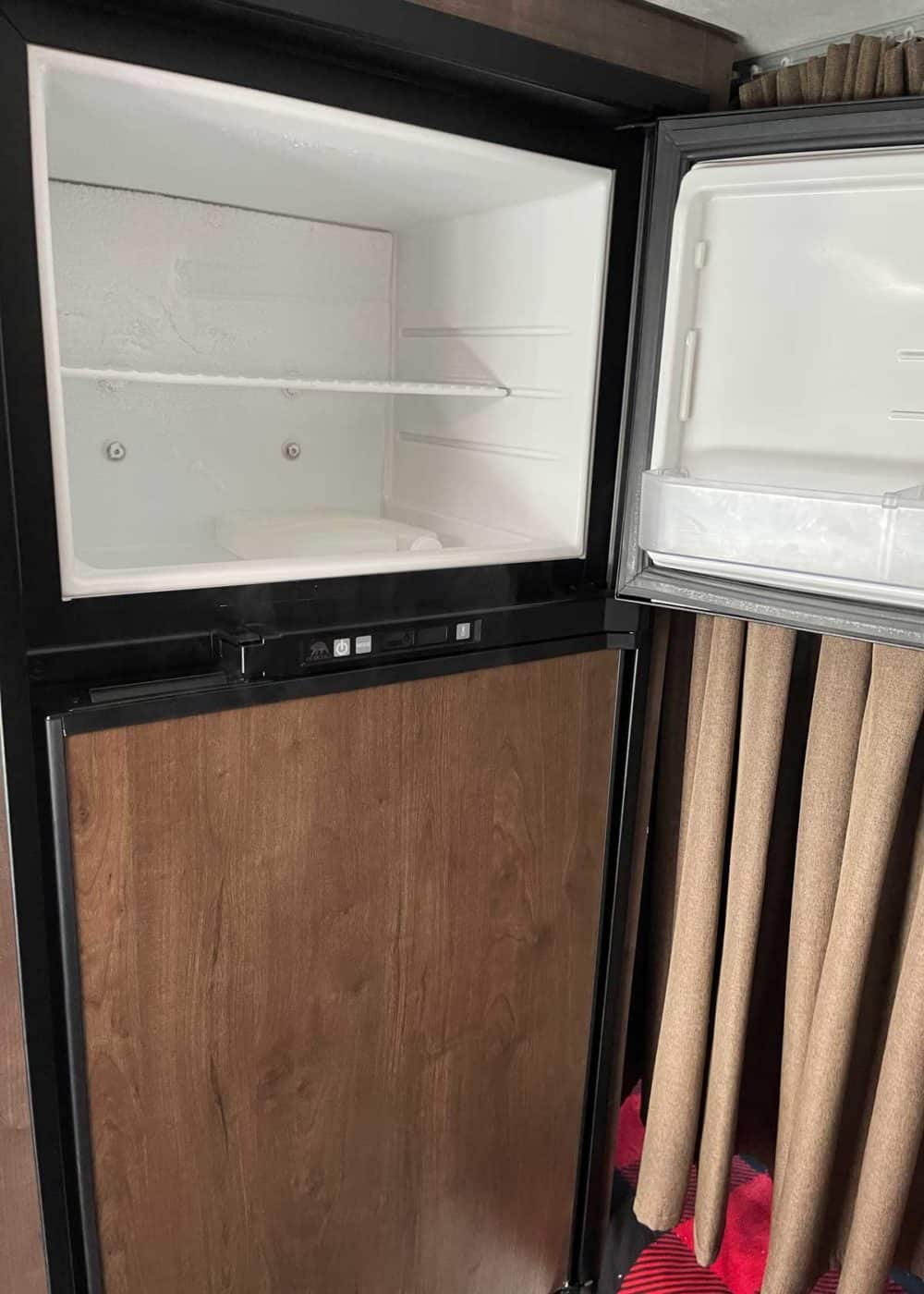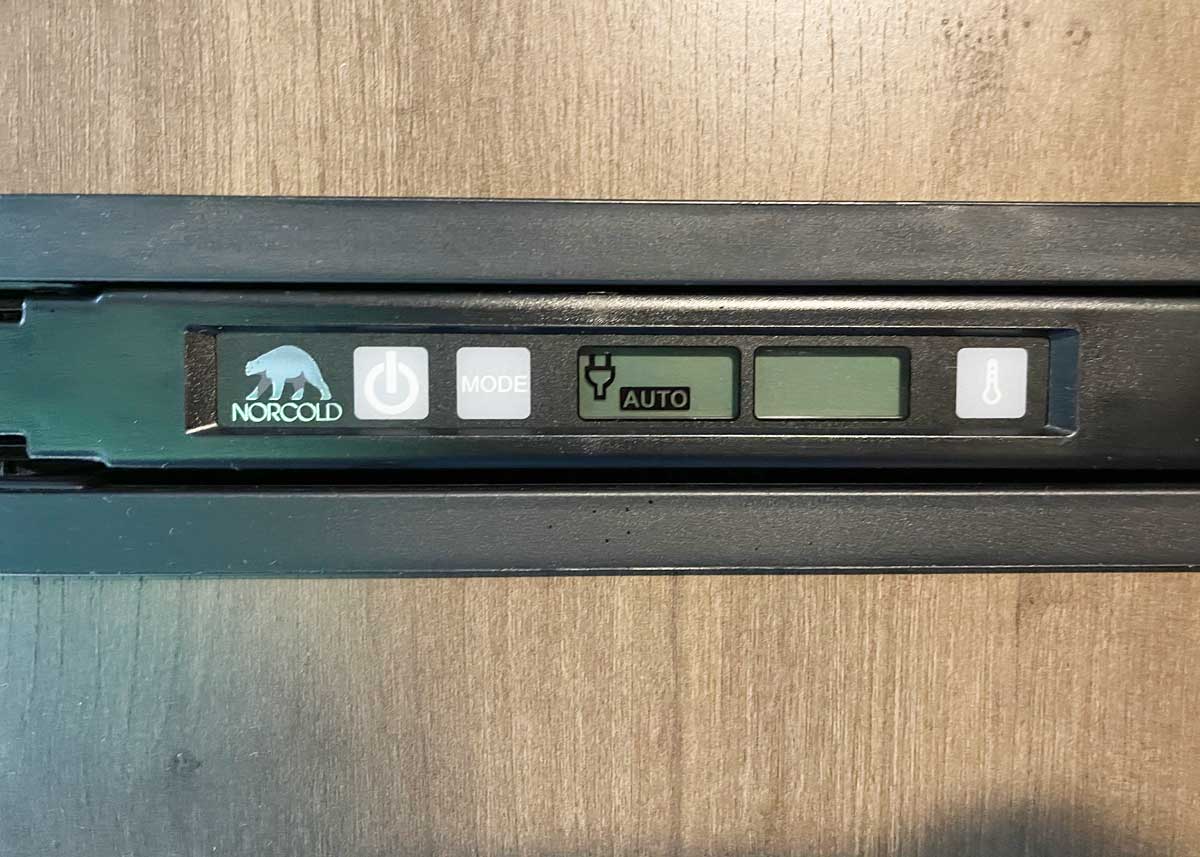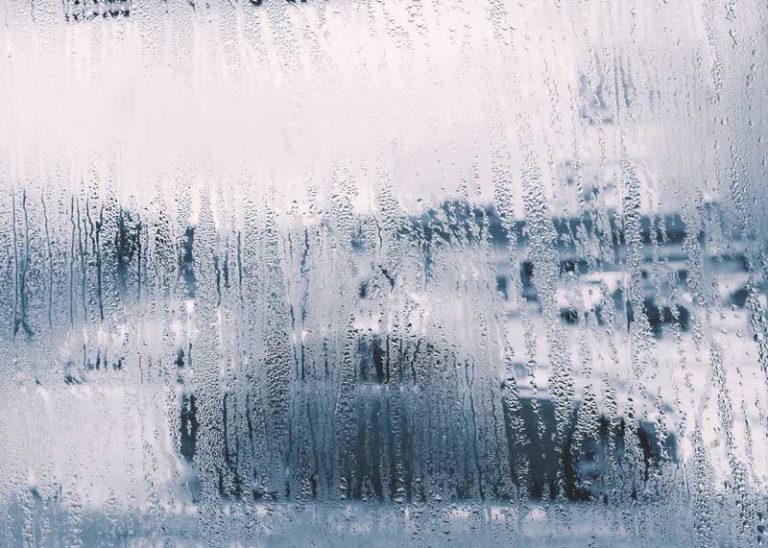RV Fridge Not Working on Electric? 6 Things to Check
Whether you’re a stationary RVer or prefer the open road, a functioning refrigerator is one of the most crucial parts of RV life. And while they are pretty resilient, some things can go wrong.
Most RV fridges switch from electric to propane, but sometimes they won’t work on electric. If your refrigerator not working on electricity, you should check the breakers and fuses, the shore power connection, the reset button, and the wiring. And don’t forget to level your RV.

Fridges in RVs are made to switch between the electrical power when your camper is plugged in and the propane tank when it’s not.
This process is extremely convenient when you’re boondocking or traveling and can’t hook up your trailer. However, it isn’t easy when the fridge stops working on electricity.
Fix Your RV Fridge is Not Working on Electric
It’s best to power your refrigerator with electricity (shore power) when you’re home or at a campground. This will save you propane and is more convenient.
And your fridge should switch over automatically once the RV is plugged in. However, if you’ve just plugged in and switched your fridge over to find that it doesn’t work, here are some things to check out while you’re troubleshooting.
Here are the top six things to check before calling a professional about your RV refrigerator not cooling.
1. Check the Breakers (120V)
The first step is to check your breakers. If a breaker has popped in your RV, the fridge won’t work on electricity. And it will automatically switch to propane, if available, to prevent it from warming up.
While some RVs have shared breakers, most have the refrigerator on its own breaker.
Check the breakers and make sure that they are all switched on. If one has popped, switch it off and back on to reset it. You can then change the settings on the fridge and see if it starts to work using electricity instead of propane.
If running on generator power, also check the breaker on your gas generator.
Do RVs have both fuses and breakers? Yes. Fuses are for the 12V wiring, and breakers are for the 120V electrical system.
2. Check the Fuses (12V)
Fuses pop when something draws too much electricity. They are a safety net to prevent overheating and damage to your electric system.
If you blow a fuse, you can easily replace it.
To do this, you’ll need a proper replacement fuse. Look the same brand and strength as the blown fuse. Once you’ve replaced the fuse, you can throw the old one away.
Here’s a brief video explanation of how to replace a fuse in an RV.
3. Check the RV Plug (Shore Power)
If you’ve checked the fuses and breakers and nothing seems wrong, it might be the RV plug.
Ensure the RV is properly plugged into shore power, as most RVs do not run the fridge off the battery. Check the plugin area to ensure that fuses and charges are turned on.
Most RV hookup sites will have a breaker to flip before you plug in. Check to ensure that this is on before you plug in your RV. If the site works well, it might be your RV plug or cord.
Check for any damage along the cord and see if the lights or other electrical outlets are working.
4. Check Your RV Level
Your RV fridge won’t work correctly if your camper isn’t level. The gas won’t properly circulate, preventing it from working correctly.
Your RV has other functions that require it to be level. These functions include slide-out parts, doors and cupboards, and pumps. Here’s how to level your RV.
5. Check the Fridge Reset Button
Depending on the model of your fridge, you might be able to reset the refrigerator to factory settings and start it over. Any internal bugs will work out with a reset, and the fridge might reconnect to the electricity. However, this will only help if the problem is internal.
You’ll have to find the fridge reset button to reset an RV refrigerator. It’s usually on the fridge inside, somewhere along the side of the door. However, it varies by model.
If you can’t find it, look up your fridge model and see what the online manual says to do. There are general instructions on how to reset it.
6. Check the Fridge Wiring
If all of these things haven’t worked, you might need to pull out your RV refrigerator and check the connection. If the rest of your electricity works, the breaker or fuse isn’t bad, and the refrigerator still isn’t working on electricity, there might be damage to the connection between the fridge and the RV.
While the connections vary depending on the fridge’s model, there should be two separate connectors for propane and electricity. If there is damage to the electrical connection, it won’t work to cool the inside of the refrigerator. It’s possible to replace the electrical wiring, but might be cheaper (and less complicated) to replace your whole refrigerator.
Be careful around the wiring. Just because your fridge isn’t working on electricity doesn’t mean the wire isn’t live. If you’re unsure how to safely handle electricity, hire a professional.
Check the Propane Tanks
While your goal is to keep your refrigerator on electrical power, it’s always good to have functioning propane tanks. Until you can fix the issue, you’ll need to run your refrigerator on propane to keep your food cool.
Double-check the propane tank connection and regulator to know you aren’t overusing propane. With a good regulator, you should be able to make your propane last much longer and keep your refrigerator cool. However, it’s only a temporary fix until you can get your electricity working again.
Still not working? Here’s a helpful thread of other RV owners troubleshooting their fridge problems.
How to Restore Your RV Power
Here’s a simple tutorial video to troubleshoot a power loss in your RV.

Here are six easy ways to heat a camper without electricity.
How RV Fridges Work: 3 Types
RV fridges are powered by either electricity or propane. Most are
- Two-Way Fridge: AC/LP AC power is 120 volts and is typical home power. LP is liquefied petroleum and most often refers to propane in RV equipment.
- Three-Way Fridge: AC/LP/DC The first two power sources are the same as in the two-way fridge. DC power is 12 volts and is drawn from a DC battery – like those found in vehicles.
- Electric-only Fridge: AC/DC This is an electric-only style fridge. It can work on AC from an extension cord. Or from a connection to a DC automotive battery.
Here’s more about how RV fridges work.
Can You Replace Your RV Refrigerator?
As RVs get older, the technology available gets better and better. If you have tried all of these troubleshooting techniques and your fridge still isn’t working properly, it’s only a matter of time before it breaks down entirely.
The final step is to call a professional to diagnose the problem and potentially replace your refrigerator.
It is relatively easy to replace an RV refrigerator. For those with some working experience or who want to save money, it’s possible to replace an old refrigerator on your own.
To replace an RV refrigerator, you must find a new model that works with your current hookup situation. Look up the specs on your RV to ensure that you are buying a refrigerator that will plug in and work well.
However, once you’ve uninstalled your old fridge and put in your new one, it should work effortlessly on the electricity.
Replace RV Fridge with Residential Fridge
If you want to install an AC (120V) fridge in your RV, this tutorial should be helpful.
Heading on a road trip? Here’s how to keep your RV fridge cold while driving.
Your Turn
If your RV fridge isn’t working on electric and only works on propane, it’s time to figure out why. You don’t want the fridge to break down entirely, and you don’t want to waste unnecessary propane. Check out these six options, and replace the fridge if it becomes necessary.
What worked for you? I would love to hear how you got your fridge working.








Fridge was working on electric light started flashing turned to gas all ok. Checked fuses and hook up ok but doesn’t want to work on electric
I have opposite problem. Fridge works when plugged in, but won’t switch to propane.
Check the GFCI plug, reset it, got fridge and a bunch of outlets in the kitchen area working again. Idk what that is but it’s definitely a 7th thing for your list. Because I remember having to do that for my last 5th wheel too.